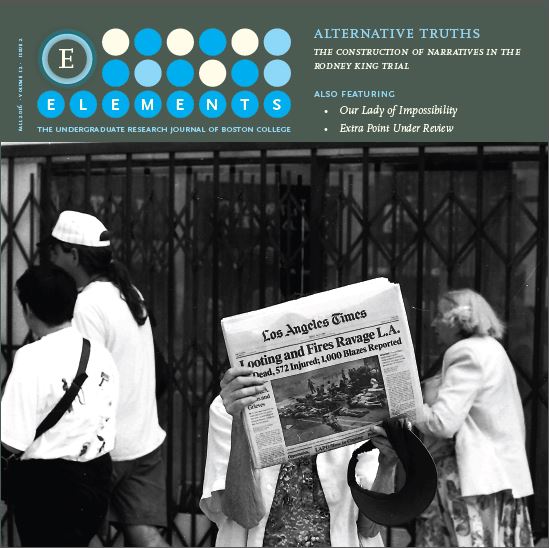The Blindspot: Asian Misrepresentation In Orange Is The New Black
DOI:
https://doi.org/10.6017/eurj.v12i2.9380Keywords:
Race, Orange Is the New Black, Asian-American RepresentationAbstract
As our nation and society attempt to introduce the notion of post-raciality in the twenty-first century, it becomes clear that this idealistic view of race relations in the United States can only be seen as valid when whiteness is considered to be “normal” or “neutral.” This prioritization of whiteness can be easily identified throughout popular culture, especially with the tendency of mainstream film and television to whitewash casts. However, one of the most prominent shows of the current age, Orange is the New Black (OITNB), has a cast that challenges the blindly accepted hegemonic standards by bringing marginalized communities to the center of attention. While it shatters many preconceived stereotypes dealing with race, class, and gender through its diverse array of characters, the show’s handling of its Asian characters seems only to perpetuate racist tropes. This essay examines why we have developed a blindspot for Asians when dealing with race and race relations by using OITNB as a quintessential microcosm of society at largeDownloads
Published
2016-11-13
How to Cite
Kim, C. (2016). The Blindspot: Asian Misrepresentation In Orange Is The New Black. Elements, 12(2). https://doi.org/10.6017/eurj.v12i2.9380
Issue
Section
Articles
License
Copyright (c) 2016 Clare Kim

This work is licensed under a Creative Commons Attribution 4.0 International License.

